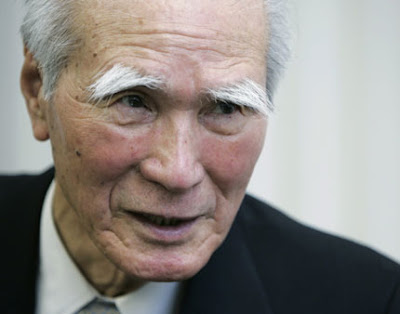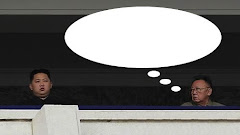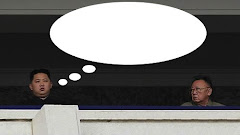The answer is that the LDP (Liberal Democratic Party) that has ruled Japan almost uninterrupted since the end of World War II has been able to stay in power through highly disproportionately arranged districts, based on 1947 population patterns, that favor conservative rural areas where they enjoy much greater popularity. Opposition parties have had to fight it out for fewer seats in the more urban districts where they enjoy greater popularity.
In other words, a voting public that might have favored opposition parties over the ruling LDP still ends up electing a majority LDP. Over and over and over again. The thing is, even courts in Japan ruled that this is unconstitutional, but they let the results of elections stand because it might create chaos. So Japanese democracy: unconstitutional but considered valid.
The New York Times summed up the situation nicely in this article:
Japan's electoral districts were established in 1947, when much of the population had fled to the countryside to escape the wartime bombing of the cities and postwar food shortages. Since then there have been a series of major migrations to the cities.The article is from 1992, but the reforms that came later did not entirely address the problems it discusses. Under pressure to reform, the LDP tried to manipulate the apportioning process in a way that would favor their party, although we can see this is beginning to backfire. Anyway, this is one way that a party with a leader whose approval ratings are in the single digits can stay in power.
Nonetheless, the apportioning of parliamentary seats has been adjusted only slightly in the more powerful lower house of Parliament, the Diet, and not at all in the upper house. So there are far more representatives per voter in rural Japan than in the cities, violating the constitutional principle of proportional representation.
For instance, in Sunday's upper house election there are nearly two million residents per seat in crowded Kanagawa Prefecture, an industrial area adjacent to Tokyo, while in Tottori Prefecture, a rural region several hundred miles to the west, there are 308,000 residents per seat. That means each vote in Tottori carries nearly 6.5 times as much weight as a vote in Kanagawa.
One should note that true contrition from Tokyo for Imperial Japan's brutal expansionism and aggression came with the few non-LDP politicians who managed to run the country for a little over two years from 1993 to 1996. LDP politicians resisted these efforts, but some now point to the apologies as "having dealt with that" even while some choose to open old wounds with visits to the Imperial apologist-run Yasukuni Shrine or whitewash Japan's wartime past.
In other words, the image of Japan that so many Koreans find so distasteful is LDP Japan, not Japan as a whole.

[above: Former Japanese Prime Minister Tomiichi Murayama, one of only three non-LDP politicos to hold that position since 1954. This brief period of successive rule by Morihiro Hosokawa, Tsutomu Hata, and then Murayama lasted less than two-and-a-half years, from August 1993 to January 1996. Bucking the trend of their LDP predecessors, Hosokawa set out to show the world and the Japanese public that Imperial Japan's acts were wrong and aggressive (i.e., not justified as self-defense) and that he truly apologized for them, while Murayama made his "on the occasion of the 50th anniversary of the war's end" statement, which has since been used as a standard of contrition for Japanese leadership. He is also noted for frequently tripping over his eyebrows.]






















No comments:
Post a Comment
Share your thoughts, but please be kind and respectful. My mom reads this blog.